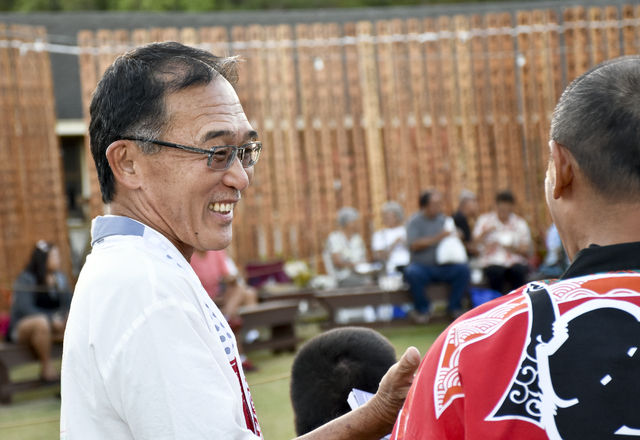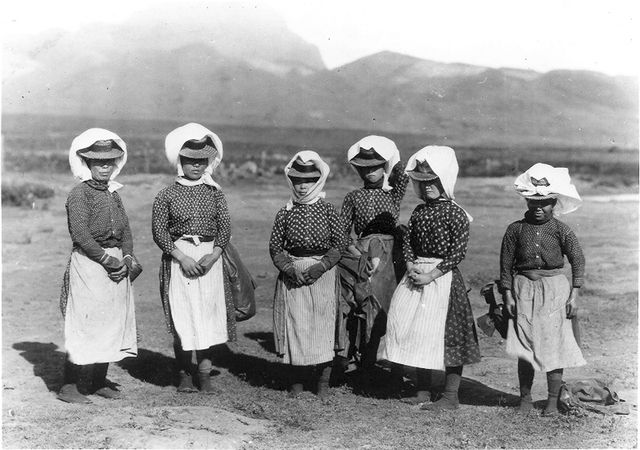HANAPEPE — Hole hole is the term used to describe the stripping of leaves from the sugar cane stalks to make them thicker and juicier, as well as the stripping of leaves from the base of pineapple suckers to encourage
HANAPEPE — Hole hole is the term used to describe the stripping of leaves from the sugar cane stalks to make them thicker and juicier, as well as the stripping of leaves from the base of pineapple suckers to encourage faster rooting when planted.
Hole Hole Bushi (pronounced “hoe-lay hoe-lay boosh-ee”) evolved when the first Japanese immigrant women, many of whom came to Hawaii as picture brides, went out to toil in the plantation fields alongside the men and developed songs about their work, the dilemmas of plantation life, their dreams and their sorrows.
“It’s Hawaii’s version of the blues,” said Gerald Hirata of the Kauai Soto Zen Temple who has been doing some work on “Songs from the Canefields: Verses that tell a story.”
Hirata and the Kauai Soto Zen Temple will join with the Friends of the Hanapepe Public Library in presenting the original verses the women created and sang while working in the fields.
The free presentation will start at 6:30 p.m. Thursday at the Hanapepe Public Library Meeting Room. It will include the original verses, plantation era photos from the Hawaii State Archives and the Kauai Museum, a video sampler from the Center for Labor, Education and Research at the West Oahu College, and a preview of a recently completed video which will air on PBS-Hawaii in September.
The presentation will also include musical recordings from Harry Urata, a musicologist, illustrating renditions of the songs in two distinctive styles — plantation and teahouse.
Hirata said the Kauai Soto Zen Temple will also have an exhibit on Hole Hole Bushi when it hosts its bon dance festival on July 17 and 18.
Info: Hirata at 245-2841, or Karen Ikemoto at 335-8418




